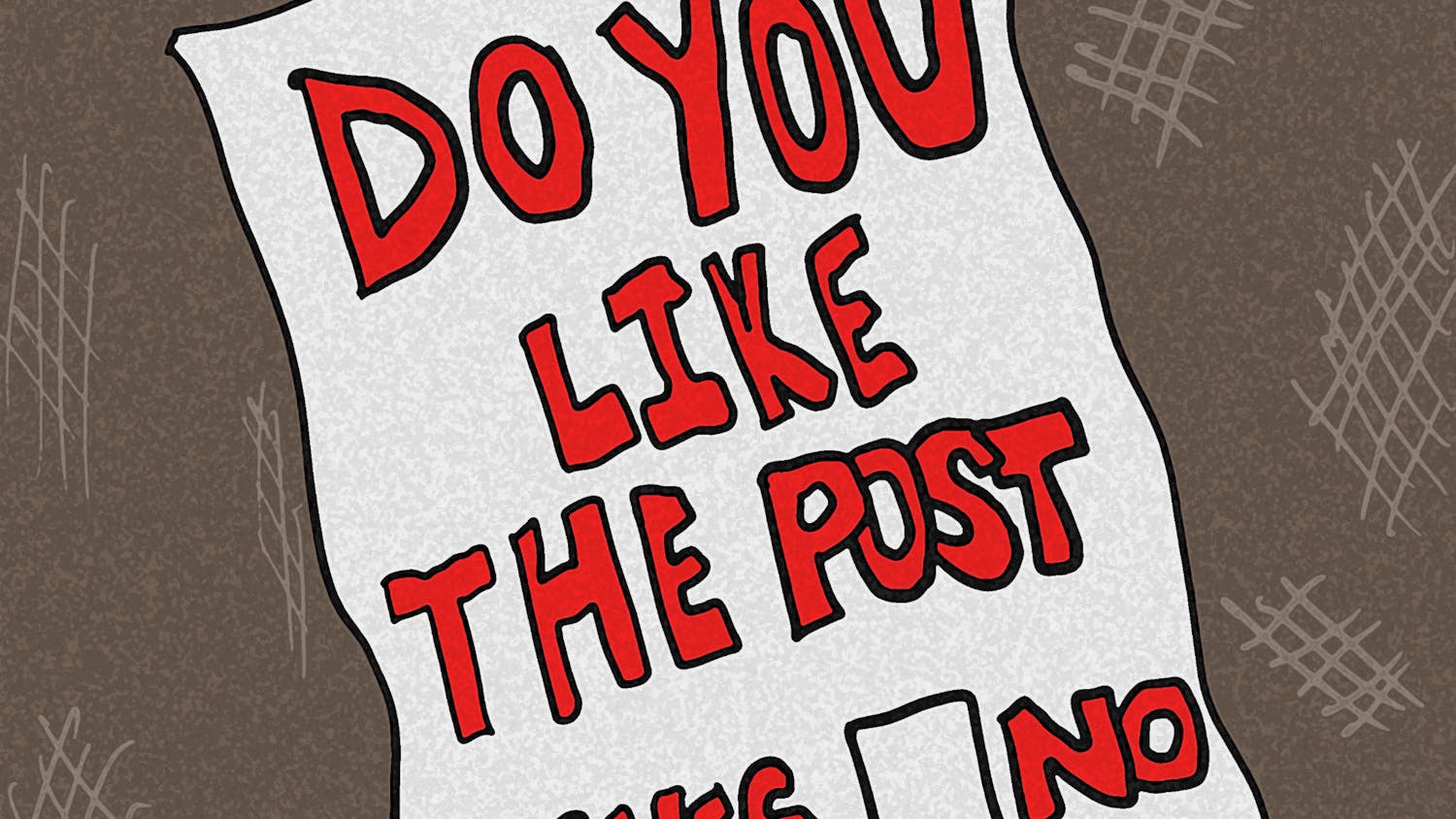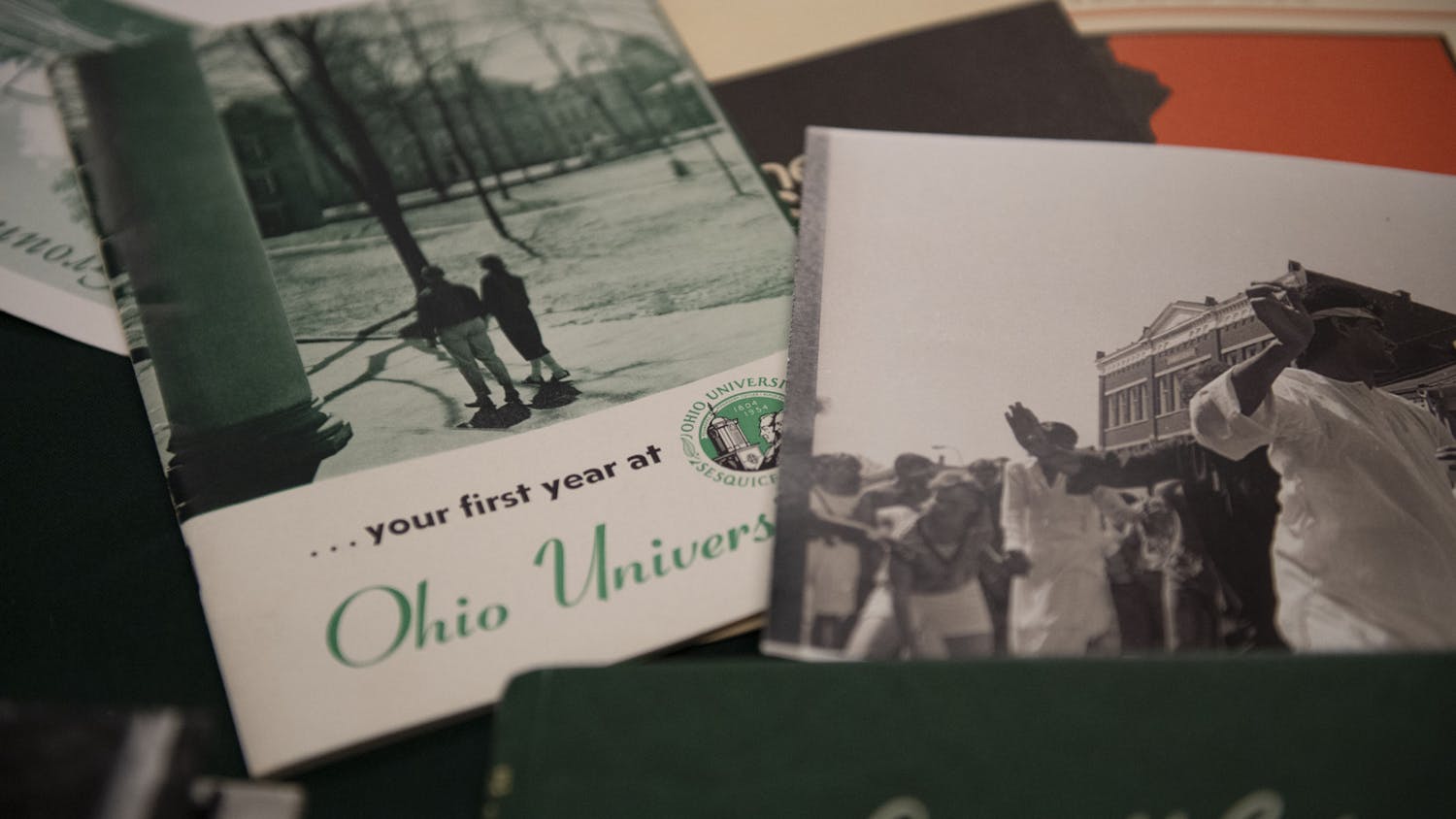Editor’s Note: This is the first in a three-part series about serious injuries on Ohio’s athletic teams.
Every offseason, Curtis Meyers meticulously prepares his pants for the upcoming football season. He cuts and shreds the bottoms to compensate for the two noticeable braces he wears for protection.
The ripping and shredding of the pants signifies a process he had to go through to stabilize the parts of his body that have been ripped during his playing career: his knees.
Meyers, a starter at defensive end before tearing the medial collateral ligament in his right knee in 2009, has had multiple injuries to both MCLs throughout his time with the Bobcats. The recoveries — both physical and mental — are a process many go through in one of the world’s most physical sports.
“When there’s a pile of players and I’m standing, I see myself on film pulling my legs up to protect them in case something happens,” Meyers said. “I’m definitely a little hesitant getting close in case someone could fall on them.”
Meyers had surgery on the knee after the injury. To rehabilitate both MCL and anterior crucial ligament (ACL) injuries, players must work to build up the muscles around their knee while training the stability of the knee through constant repetition.
For tight end Zac Clark, a clean tear to his ACL during the 2008 spring game meant surgery and a long recovery. Any player hurt during spring football can’t come back for the fall, according to head team trainer John Bowman.
“You have to focus on training those muscles around the knee,” Clark said. “Everything around my knee shrunk after surgery. You have to be able to rebuild all that stuff, and it takes time.”
The standard is for a player to wait a few weeks after the injury before heading to surgery.
Clark still remembers attempting to recover initially from the doctors slicing up his knee.
“Surgery was awful,” Clark said. “Waking up, it was just awful pain. I’ve never felt anything like that.”
Players then have to wait about a month to start training for recovery. They usually have to wait around eight to 10 months to compete, but it is rare for players to be back in full form until almost two years after the injury, Bowman said.
“If you get hurt in that calendar year, you’re going to struggle,” Bowman said. “With the year-round process with football training, these guys miss four to five months in the weight room that other players had. That’s going to be a huge disadvantage when you get back on the field.”
The knee is stable two to three months after surgery, but the players must work to strengthen their calves, hamstrings and quadriceps that lost power during the resting process.
After about four months, they work with Kevin Swank, the team’s physical therapist, to recover the muscle memory lost after surgery. Through running and cutting on the field, players try to regain that stability they lost.
Next, they move to the weight room, where trainer Sonny Sano focuses on squats and other football-like movements to enhance the strength of the muscles in the recovered knee.
The process is supposed to help the players regain not only the physical strength, but also the confidence to perform on the hurt knee. They also have to adjust to the possibility of wearing knee braces that hinder their performance.
“The one thing I’ve noticed is my legs do get tired easier since they’re strapped on and prevent me from bending and getting full extension and stuff,” Meyers said.
For Meyers, he must protect his knees from potential cut-blocking offensive linemen, but he has grown accustomed to the process throughout his football career.
He also has to deal with the stigma of others seeing the braces and knees and assuming he’s not the same player he once was, despite all the dedication he has given to recovery.
“It sucks,” Meyers said. “People say you’re injury-prone, which is true. I don’t like hearing that. I know when I could play when I was starting in 2008.
“The injuries, they set you back mentally and physically.”
wf743006@ohiou.edu
@ThePostSports






